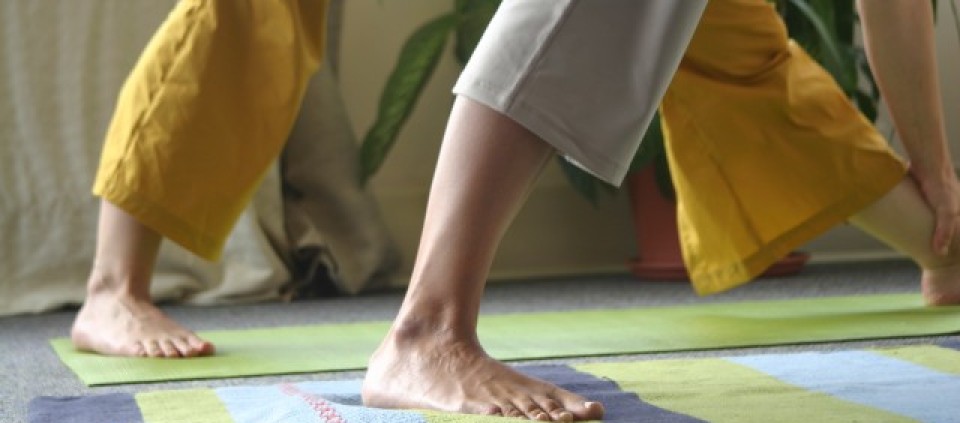Outside Our Walls: Kripalu Yoga in Japan

For practitioners in Japan, Kripalu Yoga offers a fresh viewpoint on both yoga and life.
“There’s an emphasis on individuality—what you think and feel are very important,” says Toshiro Miura, owner of the sole Kripalu Yoga studio in Japan. “The mind is not something to change or to deny, but to be aware of and be friends with. That’s a very different way of looking at yoga for Japanese people.”
While living in the United States for four years, Toshiro was introduced to Kripalu Yoga and met Swami Kripalu during Kripalu’s ashram period in Pennsylvania. He returned to Japan in 1981 with his ex-wife, an American Kripalu Yoga teacher, and settled in the small town of Odawara, where they were unable to find a single yoga class.
So they began conducting classes together—she taught, and he translated. “We didn’t call it Kripalu Yoga, but it was the first Kripalu Yoga in Japan,” Toshiro says. Soon he took over the teaching, and taught for 12 years while also practicing acupuncture. Encouraged by Amrit Desai’s visit to Japan in 1991, Toshiro completed Kripalu Yoga Teacher Training in 1994.
“For myself, being Japanese, Kripalu Yoga helps me get in touch with my real feelings and thoughts that I previously suppressed and, at the same time, encourages me to accept and take responsibility for myself,” he says. “I believe many Japanese people can benefit from this.”
That belief inspired Toshiro and his Japanese wife, Makiko, to found their Kripalu Affiliate Studio, Yoga of Life, in Tokyo, which today employs 12 Kripalu Yoga teachers and has trained another 80 who teach around the country. Toshiro also served as translator for the Japanese edition of Kripalu Yoga: A Guide to Practice On and Off the Mat, by Richard Faulds (Shobhan). It was published there last September.
“Japanese [practitioners] appreciate Kripalu Yoga for its realistic and applicable approach to life—so much so that many of them have experienced a transformational change in the way they live or view life,” Toshiro says. “The difficulty is that Japanese people are not encouraged to feel what’s inside. At first, it’s a puzzle. It takes time. Kripalu Yoga offers tools to help people understand what they’re experiencing, and to share it with each other using conscious communication.”
© Kripalu Center for Yoga & Health. All rights reserved. To request permission to reprint, please e-mail editor@kripalu.org.